Nineteenth Century
Family Feud
Source.More on the Dyotts, here and here.
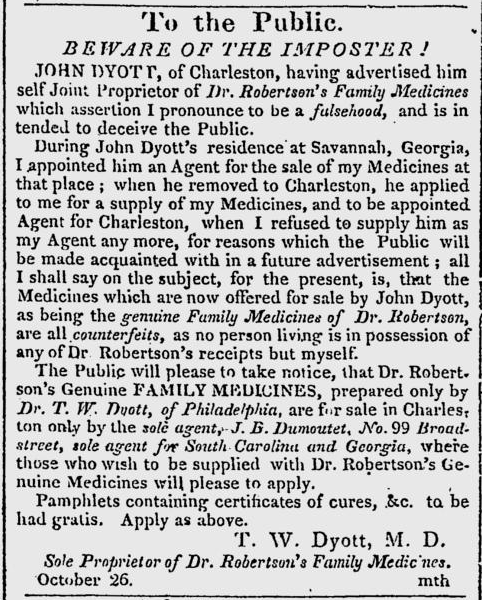
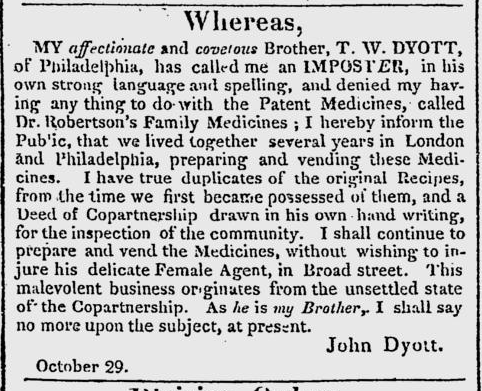
Posted By: Paul - Fri Mar 27, 2020 -
Comments (0)
Category: Crime, Family, Patent Medicines, Nostrums and Snake Oil, Nineteenth Century
Anti-Fut-Swet
It "Hardens the feet".
Chattanooga Daily Times - June 11, 1898
Posted By: Alex - Fri Mar 13, 2020 -
Comments (5)
Category: Advertising, Nineteenth Century, Feet
Get Off The Earth
Created by Samuel Loyd in the 1890s, 'Get off the Earth' became a bestselling puzzle, selling over 10 million copies.There are initially 13 characters, but when the disc moves one of them disappears. How is this possible?
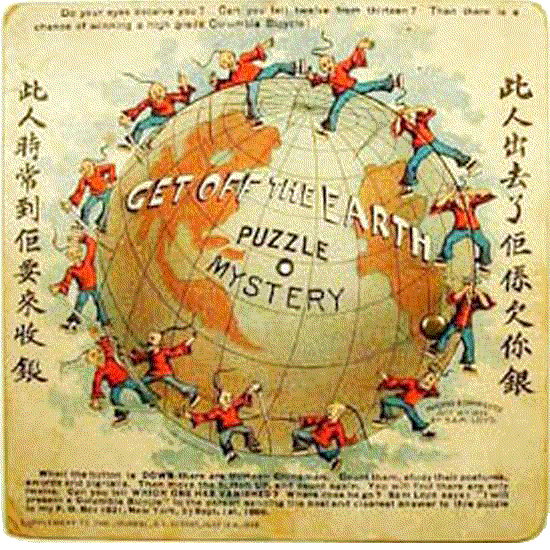
Source: murderous maths
William Poundstone, in Believer magazine, writes:
Posted By: Alex - Sat Feb 22, 2020 -
Comments (2)
Category: Games, Nineteenth Century
Kangaroo Tendon Sutures
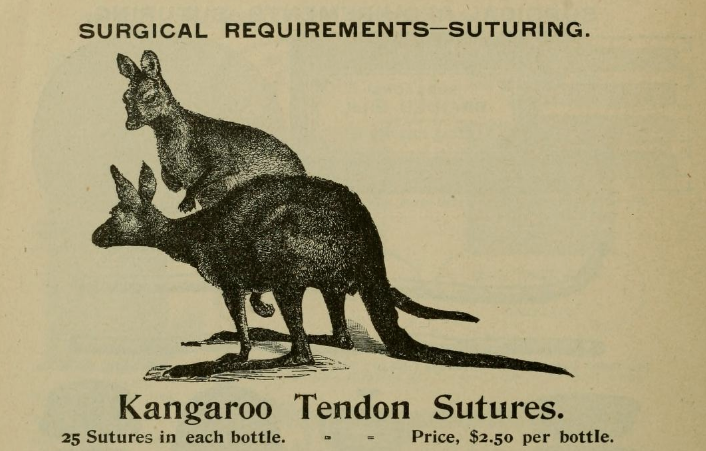
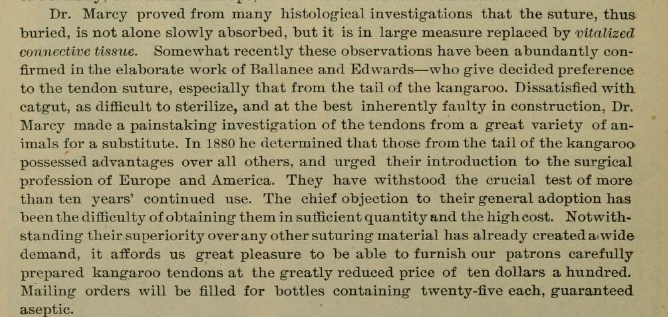
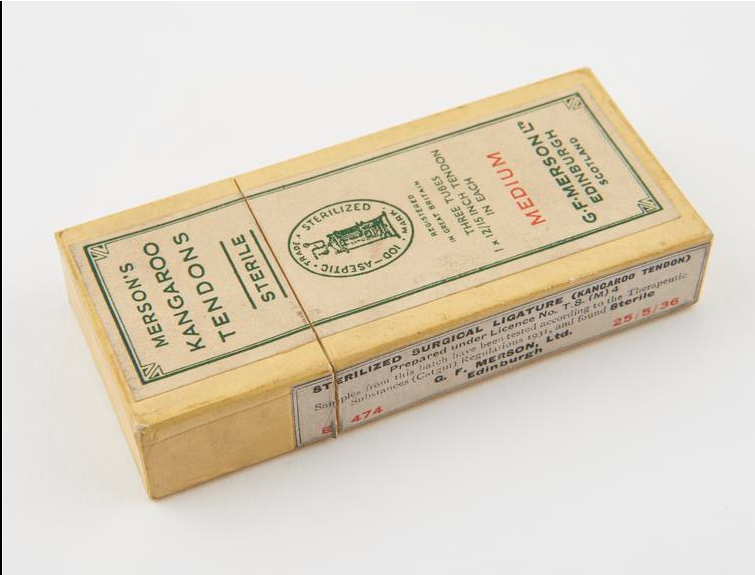
Source of first two images, with further explanation.
Posted By: Paul - Wed Feb 19, 2020 -
Comments (0)
Category: Animals, Medicine, Nineteenth Century
Jean-Jacques Lequeu, Visionary Architect
Lots of bizarre stuff from this creator, seen at this page, and also here.And if you're in New York City over the next couple of months, you can visit an exhibit.
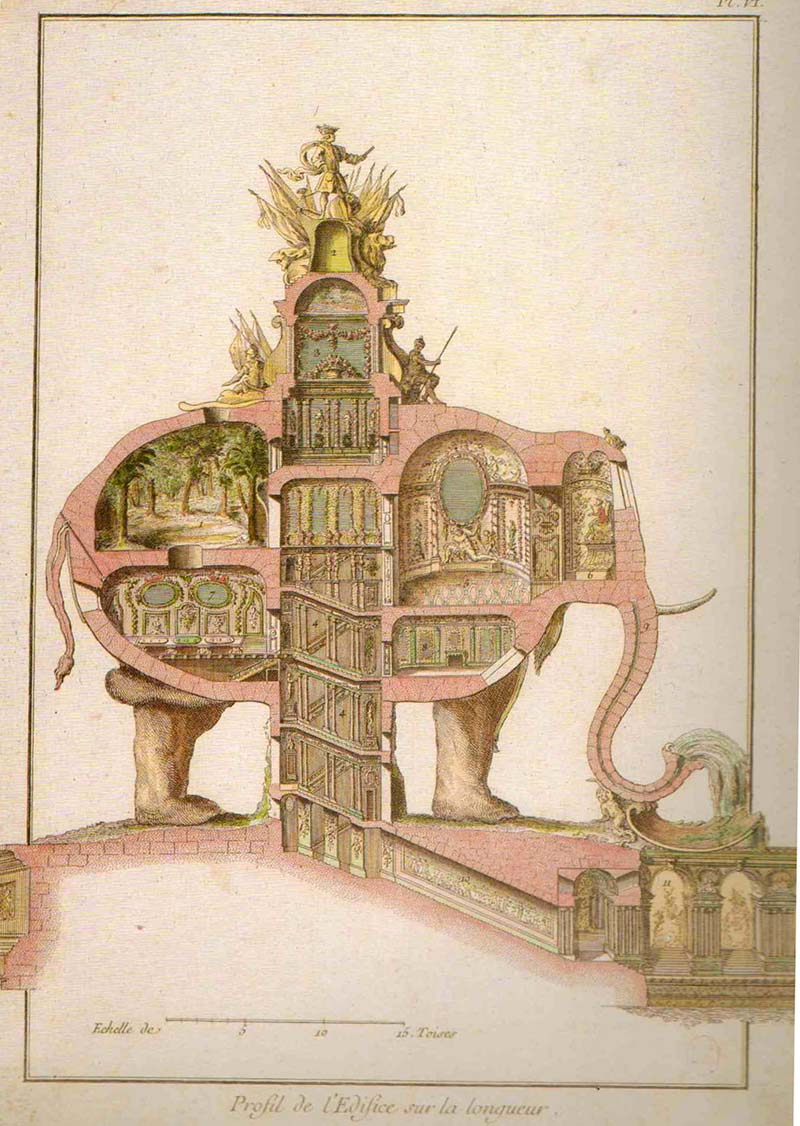
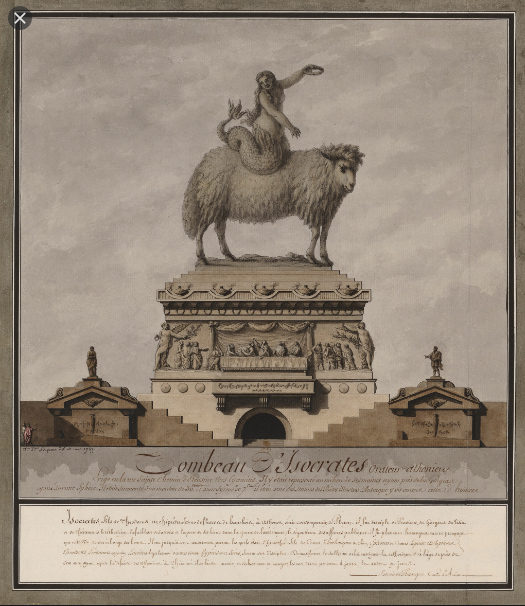
Posted By: Paul - Wed Feb 05, 2020 -
Comments (3)
Category: Architecture, Art, Eccentrics, Eighteenth Century, Nineteenth Century
Human-Animal Breastfeeding
In his 1826 book A Treatise on the Physical and Medical Treatment of Children, the American physician William Potts Dewees offered this advice for pregnant women: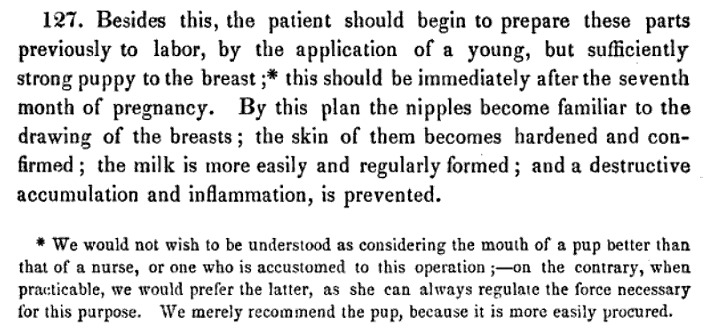
The Wikipedia article Human-animal breastfeeding offers some background info:
English and German physicians between the 16th and 18th centuries recommended using puppies to "draw" the mother's breasts, and in 1799 the German Friedrich Benjamin Osiander reported that in Göttingen women suckled young dogs to dislodge nodules from their breasts. An example of the practice being used for health reasons comes from late 18th century England. When the writer Mary Wollstonecraft was dying of puerperal fever following the birth of her second daughter, the doctor ordered that puppies be applied to her breasts to draw off the milk, possibly with the intention of helping her womb to contract to expel the infected placenta that was slowly poisoning her.
Animals have widely been used to toughen the nipples and maintain the mother's milk supply. In Persia and Turkey puppies were used for this purpose. The same method was practised in the United States in the early 19th century; William Potts Dewees recommended in 1825 that from the eighth month of pregnancy, expectant mothers should regularly use a puppy to harden the nipples, improve breast secretion and prevent inflammation of the breasts. The practice seems to have fallen out of favour by 1847, as Dewees suggested using a nurse or some other skilled person to carry out this task rather than an animal.
Posted By: Alex - Sat Jan 18, 2020 -
Comments (1)
Category: Animals, Medicine, Nineteenth Century, Pregnancy
Merry Christmas, 2019!
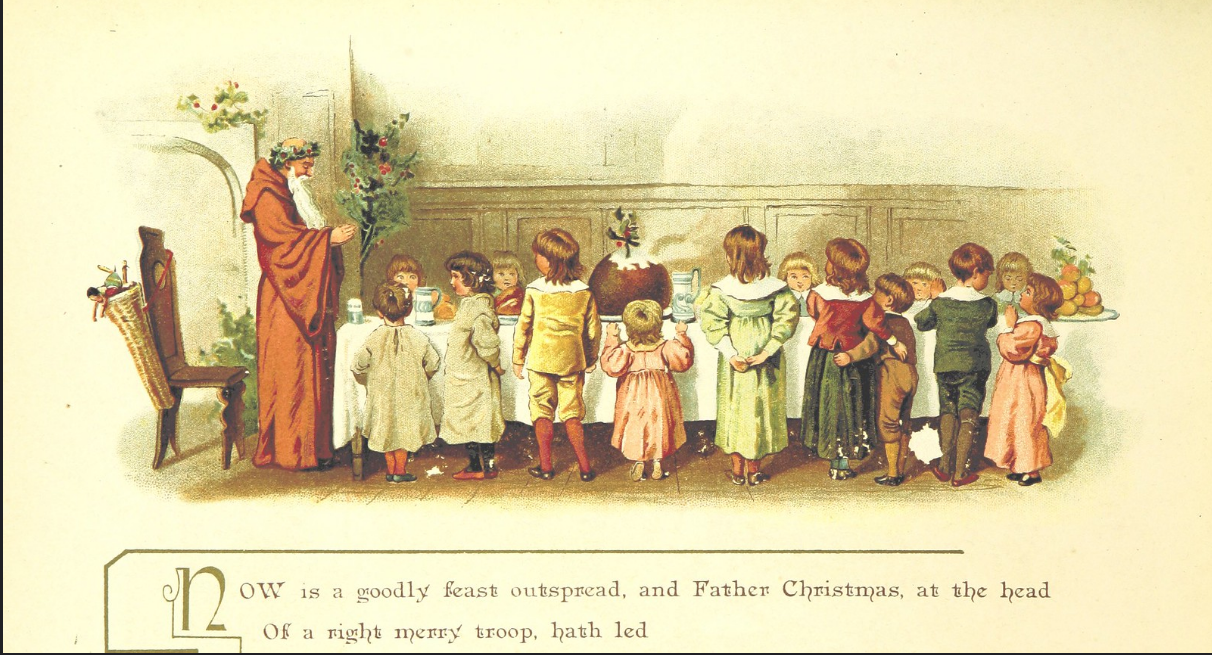
Posted By: Paul - Wed Dec 25, 2019 -
Comments (4)
Category: Food, Holidays, Children, Nineteenth Century, Nostalgia
Unauthorized Dwellings 11
The Sacramento Squatter Riots were one of the more outrageous outcomes of squatting.From a contemporary account:

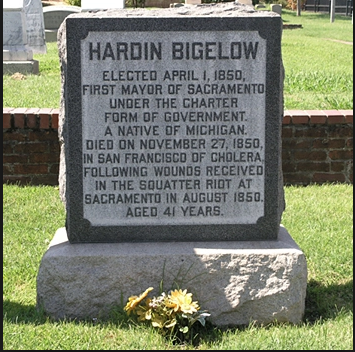
Posted By: Paul - Fri Dec 20, 2019 -
Comments (4)
Category: Antisocial Activities, Buildings and Other Structures, Death, Unauthorized Dwellings, Nineteenth Century
An improved container for shoe polish
Carl Herold of Pittsburgh didn't think it made sense to sell shoe polish in tin containers, because the containers were so expensive that they added substantially to the cost of the shoe polish. So, back in 1872, he came up with a solution, which he patented: pack shoe polish in animal guts.Figure 1 is an elevation of a package of blacking put up in accordance with my invention. Fig. 2 is a transverse section thereof...
The blacking is packed in suitable lengths of animal guts A, which are then firmly tied up at both ends, presenting the appearance of a sausage. Each package should be wrapped in paper to prevent the grease or oil upon the outer surface of the package from soiling the hands in handling it. The blacking thus packed will retain its moisture, and consequently remain in a proper plastic state for a great length of time. In this condition it may be sold by the pound, each purchaser or user providing himself with a small saucer or other shallow vessel into which to empty portions of the package from time to time for use.

Posted By: Alex - Sun Dec 01, 2019 -
Comments (0)
Category: Inventions, Patents, Shoes, Nineteenth Century
The Ring Gun
Great article here.
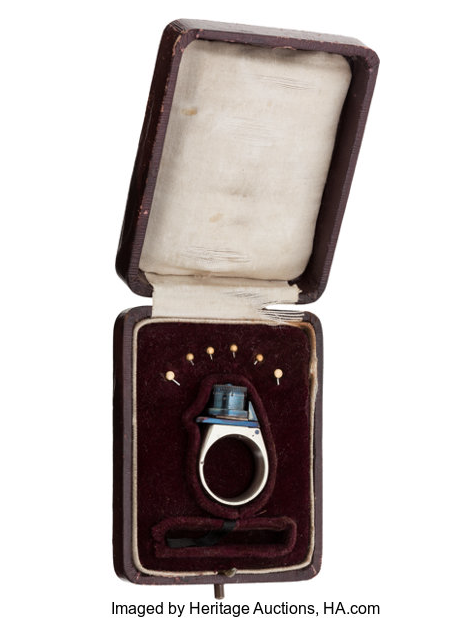
Posted By: Paul - Sun Oct 06, 2019 -
Comments (0)
Category: Enlargements, Miniatures, and Other Matters of Scale, Weapons, Nineteenth Century, Twentieth Century

| Who We Are |
|---|
| Alex Boese Alex is the creator and curator of the Museum of Hoaxes. He's also the author of various weird, non-fiction, science-themed books such as Elephants on Acid and Psychedelic Apes. Paul Di Filippo Paul has been paid to put weird ideas into fictional form for over thirty years, in his career as a noted science fiction writer. He has recently begun blogging on many curious topics with three fellow writers at The Inferior 4+1. Contact Us |




